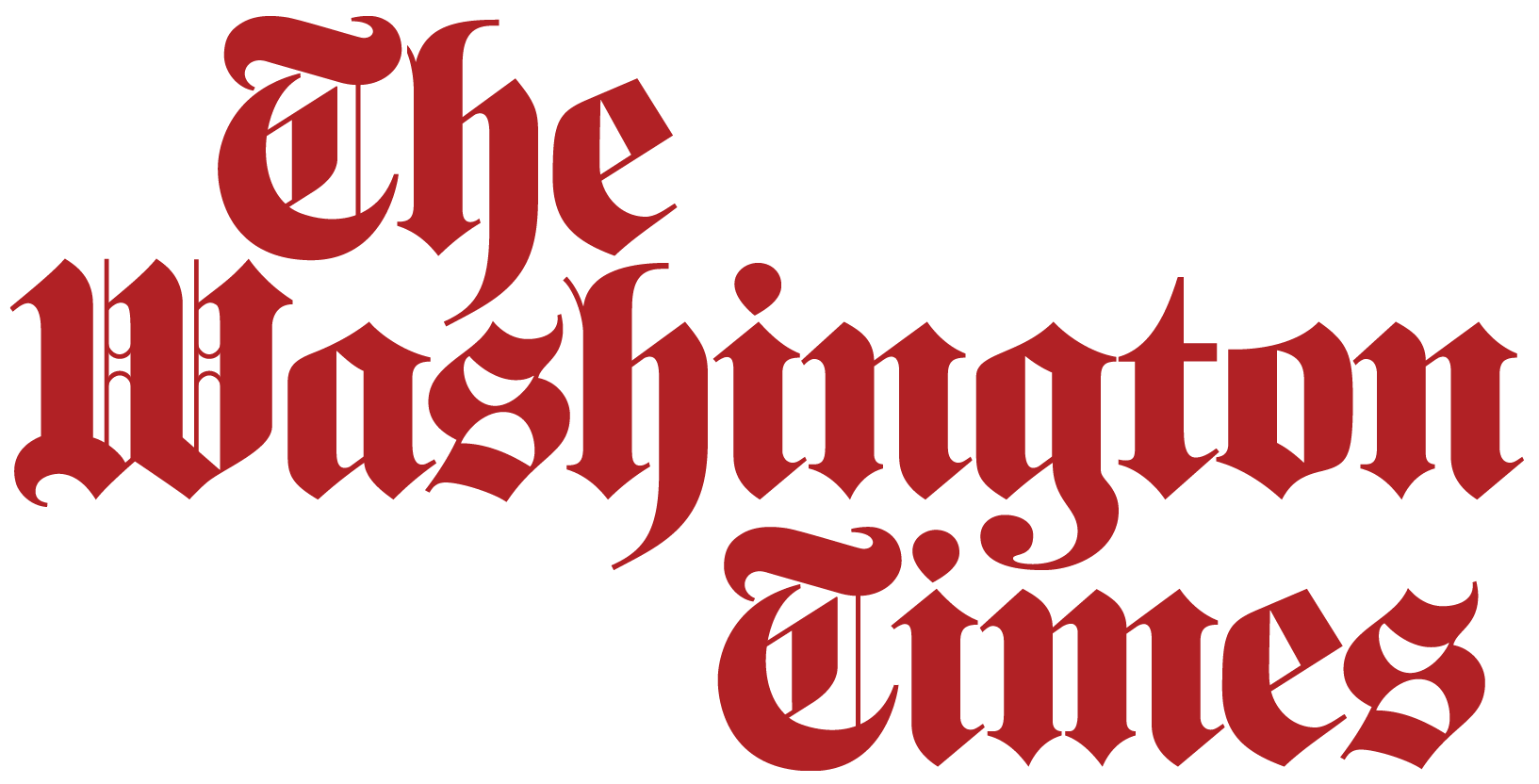Press Releases
ICYMI: Time to free air traffic control from the federal bureaucracy
Time to free air traffic control from the federal bureaucracy By Robert Poole A major battle is under way to improve the air traffic control (ATC) system by removing it from the Federal Aviation Administration (FAA), the national air safety regulator. The reasons are many, including the fact that modernization of air traffic control technology and procedures is over budget, behind schedule and far less advanced than in other countries. America’s air traffic control system is more costly than it should be, and its funding via annual congressional appropriations is unstable and unpredictable. Moreover, having the same agency operate the system and regulate its safety — self-regulation — is a conflict of interest. A growing consensus of experts has concluded that U.S. air traffic control is basically a 24/7 high-tech service business that performs poorly because it’s trapped in a large tax-funded bureaucracy. A bill nearing passage in the House would separate the system from the FAA, converting into a self-supporting utility, paid for directly by the airlines that use its services. The advantages of this model are many. By removing it from the federal budget process, air traffic control would be depoliticized — freed from micromanagement by federal overseers, each with its own agenda. With this change, a growing revenue stream of user fees could be used to back revenue bonds to finance large-scale facility replacement and technology upgrades. Arm’s-length safety regulation would be more transparent and rigorous than the current system, where everything is done behind closed doors within a single agency. And governance would be via a board of directors carefully balanced to represent all principal aviation stakeholders, including air traffic controllers, pilots, airports, large airlines, small airlines and private plane interests. This reform model is not just theory. Over the past 30 years, more than 60 countries have separated their air traffic control systems from their transportation agencies, converting air traffic organizations to self-funded companies, regulated for safety. The largest of these ATC providers, like Nav Canada and the United Kingdom’s NATS, have investment-grade bond ratings that help modernization efforts. Nav Canada’s air traffic control unit costs are 26 percent less than FAA‘s, despite FAA supposedly having economies of scale due to its larger size. These companies have consolidated numerous control centers into a smaller number of high-tech replacements — without political interference. Nav Canada and others are at least a decade ahead of FAA on upgrades of technology and procedures. And a growing body of studies shows that ATC systems perform better following “corporatization.” If the United States joins this global trend, the benefits for air travelers would be many. Besides increased safety (due to arm’s-length regulation and better technology), there would be significant reductions in air travel congestion and delays. These would stem from replacing the current zig-zag air routes, created in the 1950s, with shorter, direct routes, increasing runway throughput, and redesigning complex, congested airspace, especially in the New York metro area, the source of 40 percent to 50 percent of all airspace delays. There would also be significant taxpayer benefits. Shifting the entire air traffic organization out of the federal government would move 33,000 people off the federal payroll and reduce current aviation excise taxes by $11 billion per year. That’s why a large and growing number of taxpayer and consumer groups support ATC reform, which also has the support of the air traffic controllers’ union, pilots’ unions, nearly every airline, former Department of Transportation secretaries, retired senior FAA officials, and a diverse set of think-tank researchers. The primary opponent is a coalition of private-plane groups and officials of rural airports who have frightened themselves by misrepresenting corporatization as a takeover of the ATC system by the major airlines — despite the fact that the major airline trade group would appoint only one of 13 seats on the new ATC corporation’s board. Change is difficult and getting this done will be a struggle, but there is a useful precedent to remember. In 1987, the Reagan administration succeeded in divesting National and Dulles Airports from the FAA, freeing them from being part of the federal budget. With a new nonprofit governing board and access to the bond market, Reagan National and Washington International Dulles Airport were transformed into the modern, passenger-friendly airports we use today. The same transformation awaits our struggling air traffic control system. Robert Poole is Director of Transportation Policy at Reason Foundation, where he has advised four presidential administrations on infrastructure issues. |







